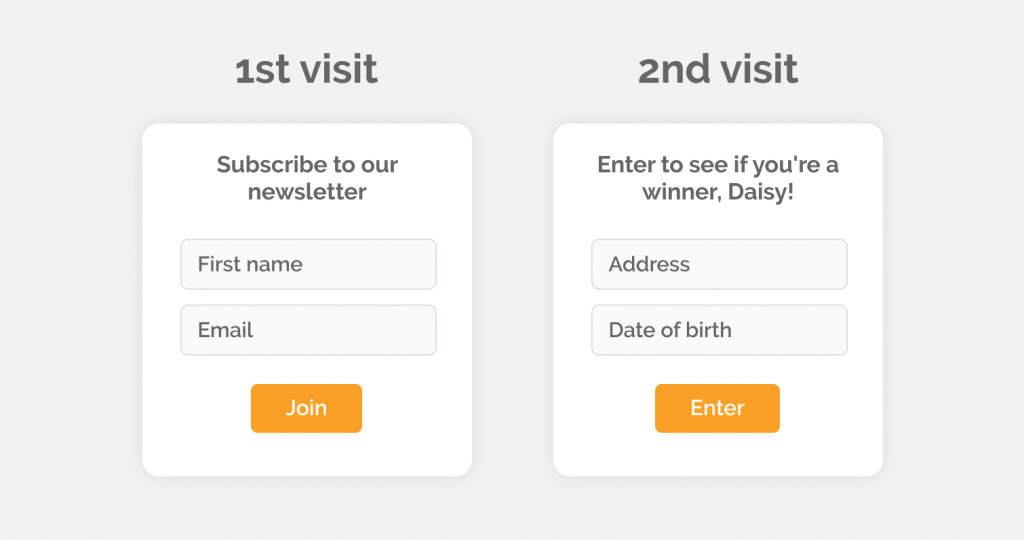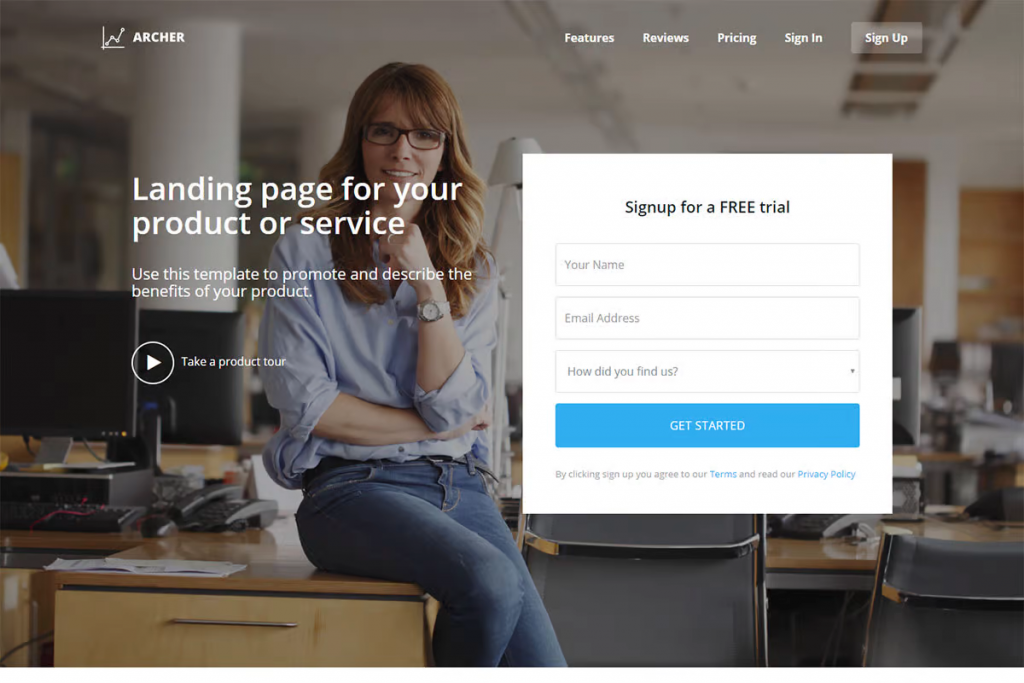Best Practices for Data Management in Your CRM
Data is one of the most highly prized resources of organizations. With data, a business can gain valuable insights into customer behavior and change its operations based on these insights. However, not everyone with data knows what to do with it.
This is why in this article, we’re going to discuss the best practices for data management using your CRM. Let’s get started.
3 Data Management Best Practices to ponder
- Keep Data Clean & Organized: You must keep your CRM clean and organized if you want it to be effective. This means regularly performing maintenance, such as deleting duplicate records or removing outdated information from the system.
Keeping your data clean and organized will ensure that you always have accurate and up-to-date information at your fingertips. - Set Up Proper Security Protocols: Data security is paramount, especially regarding customer information. Ensure that you have adequate security protocols to protect the data stored in your CRM from unauthorized access and potential breaches.
This could include setting up two-factor authentication or using encryption methods for sensitive information. - Use Automation to Save Time: Automating specific processes such as lead generation, segmentation, or marketing campaigns can save time and effort.
Utilizing automation tools also ensures that these tasks are performed consistently and accurately, so organizations can focus on more critical activities.
By following these best practices for data management in your CRM, organizations can ensure that they’re getting the most out of their system and leveraging customer data to its fullest potential. Keeping data clean and organized, setting up proper security protocols, and utilizing automation tools can help ensure your CRM is fully optimized for success.
How Saphyte helps you manage your data
Saphyte understands that data is the lifeblood of any CRM, and it’s essential to manage it effectively to ensure the accuracy and integrity of your system. To do this, organizations can follow several best practices for data management in their CRM.
The first step is to keep data clean and organized. Regularly deleting duplicate records or removing outdated information from the system will help make sure you have accurate and up-to-date information at all times. This also helps reduce clutter in your CRM and makes data easier to access when needed.
Another key element is proper security protocols. Ensuring your customer data is protected from unauthorized access or potential breaches should be a top priority for any organization using a CRM. Setting up two-factor authentication or using encryption methods for sensitive information are just a few measures that can help keep data secure.
Finally, automation can be incredibly useful in saving time and effort. Utilizing automation tools to automate lead generation, segmentation, or marketing campaigns helps ensure consistency and accuracy while freeing up resources to focus on more critical tasks.
By following these best practices for data management in your CRM, you can ensure you’re getting the most out of your system and leveraging customer data to its fullest potential. Ensure you prioritize data security and cleanliness, use automation when possible, and always stay up-to-date with industry trends for optimal performance.
Start your CRM journey with us
At Saphyte, we are committed to helping organizations achieve these goals through our suite of tools designed to provide businesses with simple yet powerful insights into their performance.
We hope this article has helped you understand how to best manage your customer data in your CRM! If you want to learn more about using a CRM system for success, book a FREE demo and consultation with our CRM experts below.
Curious how digital ecosystems can help improve your business?
Check out how digital ecosystems can boost your company performance by getting started here.
Book a Demo


